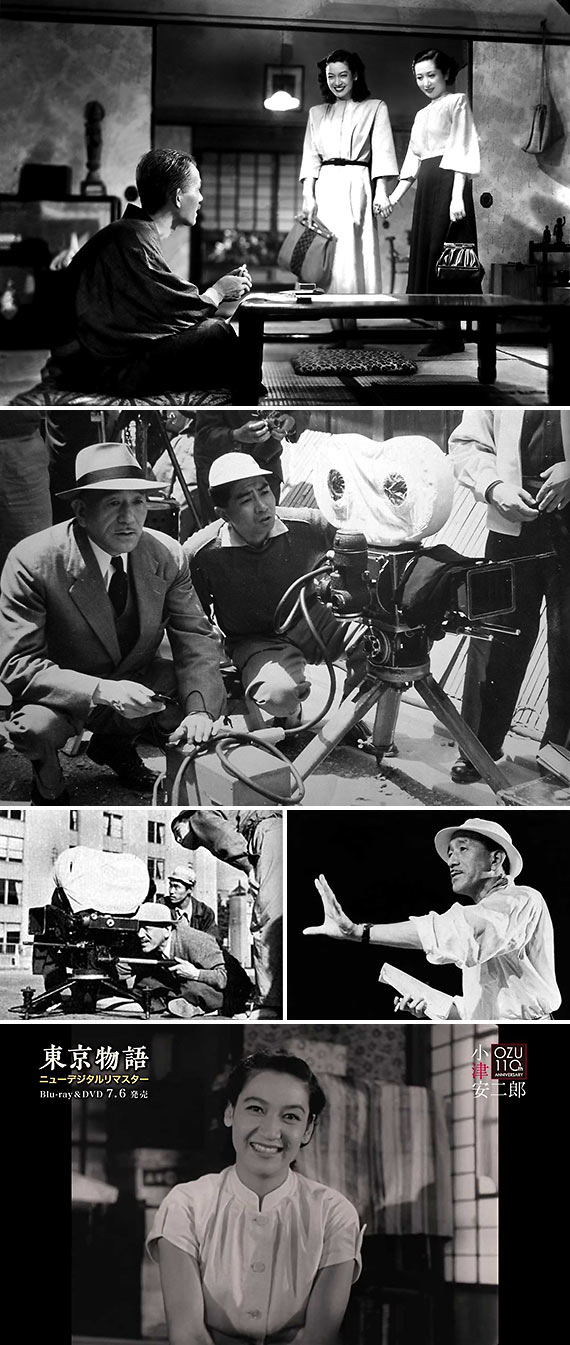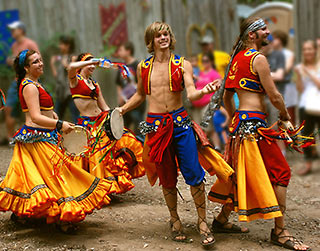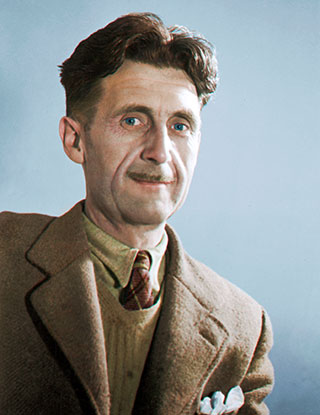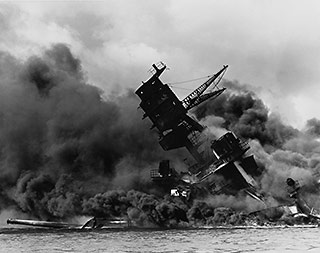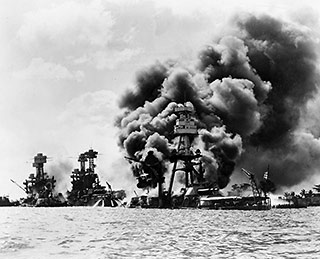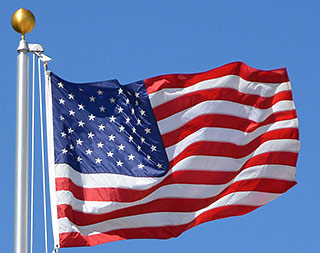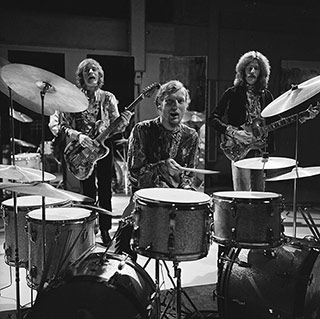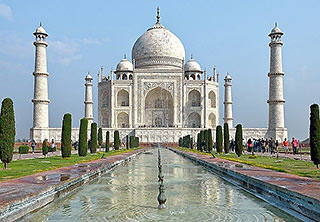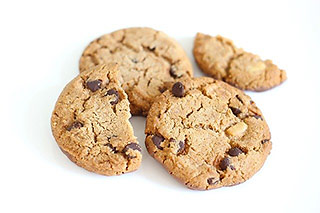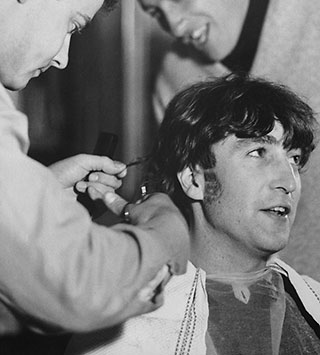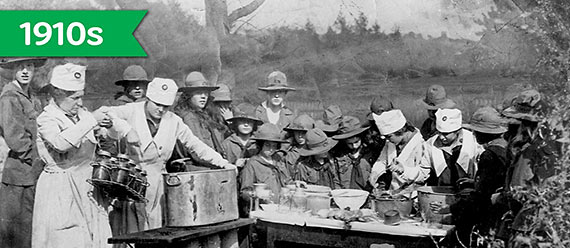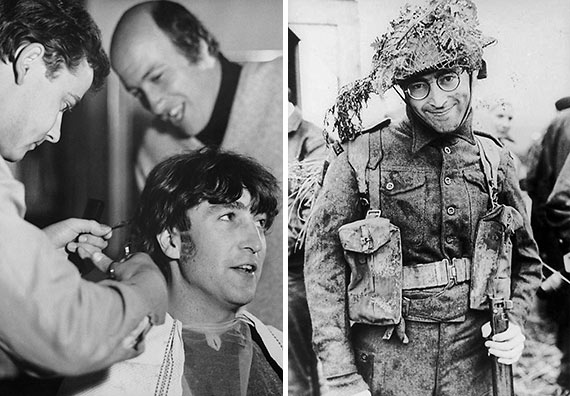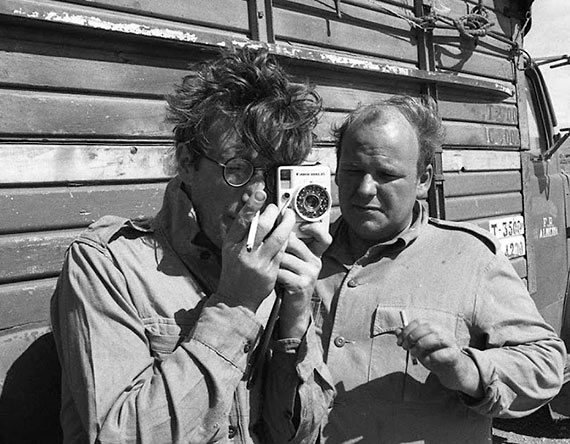Which King fathered the most children? Name the Normandy D-Day beachhead secured by Canada. These questions and more are addressed in Traveling Boy’s 30th installment of Global Travel Trivia Games. No one will see your answers except for you.
Global Trivia 30
You have multiple choices. An explanation and a reference comes after every question. There is no fixed order so you can choose from any of the boxes. The SHADED BOXES are what you already answered. Your final score is at the END. Don't hit REFRESH unless you want to start all over. This is part of a continuing series in Traveling Boy.
Start
Congratulations!
You have completed Global Trivia 30.

You scored %%SCORE%% out of a possible 5 points.
Your performance was: %%RATING%%
Your answers are highlighted below.
Question 1 |
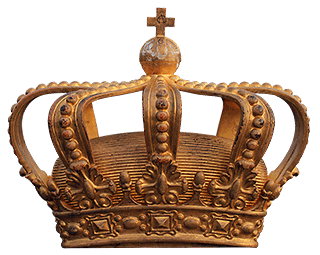
Which King fathered the most children?
A | Alexander the Great of Macedonia |
B | Genghis Khan of Mongolia |
C | Henry the VIII of England |
D | Ibn Saud of Saudi Arabia |
E | Montezuma II of Aztec Empire |
Question 1 :
ANSWER: D. Ibn Saud of Saudi Arabia
King Ibn Saud headed a polygamous household with twenty-two wives and concubines. He fathered all of the subsequent Kings of Saudi Arabia, which included 45 sons and 55 daughters.
The King of Saudi Arabia is Saudi Arabia's absolute monarch who serves as head of state and head of government. He is the head of the Saudi royal family, the House of Saud. The King is called the "Custodian of the Two Holy Mosques", a title that signifies Saudi Arabia's jurisdiction over the mosques of Masjid al Haram in Mecca and Al-Masjid an-Nabawi in Medina, and replaced "His Majesty" in 1986.
Abdulaziz ibn Abdul Rahman ibn Faisal ibn Turki ibn Abdullah ibn Muhammad Al Saud (1875 –1953), known in the West as Ibn Saud, was the first monarch and founder of Saudi Arabia the "third Saudi state." He ruled from 1932 to 1953. He reconquered his family's ancestral home city of Riyadh in 1902, starting three decades of conquests that made him the ruler of nearly all of central and north Arabia. He extended his dominions into what later became the Kingdom of Saudi Arabia in 1932. As King, he presided over the discovery of petroleum in Saudi Arabia, first discovered in 1938 by American geologists working for Standard Oil Company of New York. Ibn Saud granted substantial authority over Saudi oil fields to American oil companies in 1944, leading to the beginning of large-scale oil production after World War II.
His newfound oil wealth brought with it a great deal of power and influence that he would use to his advantage. He forced many nomadic tribes to settle down and abandoned petty wars and vendettas. He also began widespread enforcement of the teachings of Muhammad ibn Abd al-Wahhab. With his rivals eliminated in the 1930s, Ibn Saud's ideology was in full force, and his sons continue to reign today.
King Ibn Saud headed a polygamous household with twenty-two wives and concubines. He fathered all of the subsequent Kings of Saudi Arabia, which included 45 sons and 55 daughters.
The King of Saudi Arabia is Saudi Arabia's absolute monarch who serves as head of state and head of government. He is the head of the Saudi royal family, the House of Saud. The King is called the "Custodian of the Two Holy Mosques", a title that signifies Saudi Arabia's jurisdiction over the mosques of Masjid al Haram in Mecca and Al-Masjid an-Nabawi in Medina, and replaced "His Majesty" in 1986.
Abdulaziz ibn Abdul Rahman ibn Faisal ibn Turki ibn Abdullah ibn Muhammad Al Saud (1875 –1953), known in the West as Ibn Saud, was the first monarch and founder of Saudi Arabia the "third Saudi state." He ruled from 1932 to 1953. He reconquered his family's ancestral home city of Riyadh in 1902, starting three decades of conquests that made him the ruler of nearly all of central and north Arabia. He extended his dominions into what later became the Kingdom of Saudi Arabia in 1932. As King, he presided over the discovery of petroleum in Saudi Arabia, first discovered in 1938 by American geologists working for Standard Oil Company of New York. Ibn Saud granted substantial authority over Saudi oil fields to American oil companies in 1944, leading to the beginning of large-scale oil production after World War II.
His newfound oil wealth brought with it a great deal of power and influence that he would use to his advantage. He forced many nomadic tribes to settle down and abandoned petty wars and vendettas. He also began widespread enforcement of the teachings of Muhammad ibn Abd al-Wahhab. With his rivals eliminated in the 1930s, Ibn Saud's ideology was in full force, and his sons continue to reign today.
Question 2 |
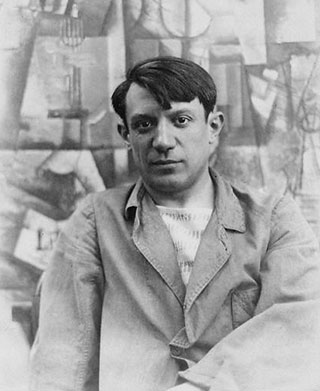
Scholars and writers have deemed Pablo Picasso to have numerous periods in his art. Name a period not attributed to him.
A | Blue Period |
B | Cubism |
C | Pointillism |
D | Rose Period |
E | Surrealism |
Question 2 :
ANSWER: C. Pointillism
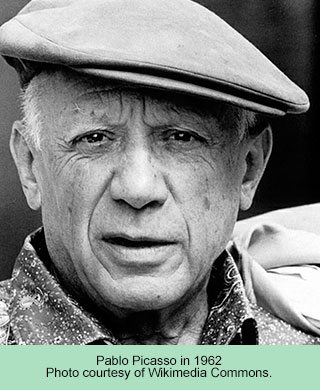
Picasso's major stylistic phases as described by a variety of Picasso scholars, writers and critics:
Even when his Cubist paintings bear a resemblance to objects, we must not look for realism in the usual way, but we should aim at deriving satisfaction from the patterned compositions of fragmentary and overlapping shapes. Sometimes we wonder what an object or a head looks like on the other side and we walk around to see. Certain paintings of Picasso's show both the front and the side of a person or object. The painting "Three Musicians'' is often referred to as the last great work of Cubism.
Picasso reached world-wide fame later in his life. Whenever given a bill to pay for something, he always wrote a check. He had had noticed that the recipients would often not cash the check for his signature was worth more value than the monetary amount on the check.

Picasso's major stylistic phases as described by a variety of Picasso scholars, writers and critics:
- Blue Period (1903-5). Sad, gaunt people in gloomy settings, and then circus and harlequin subjects. The predominant color is a melancholy blue. Example: "Harleqins family" 1906.
- Rose Period (1905-6). Romantic, delicately treated subjects in pale pink. Example: "The two brothers" 1906.
- Cubism (1907-25, includes the Proto-Cubist, Analytical and Synthetic Periods). Natural forms were changed to geometric-like shapes. Distortion and multi-view figures in mainly dull colors. Examples: "Guitar" 1913, "Three Musicians" 1921.
- Neo-Classicism (1920-30). Heavily-built sculpturesque Grecian women. Example: "Three Woman at the spring" 1921.
- Surrealism (1926 onwards). Dream-world compositions. Example: "Drawing for Guernica" 1937.
- A style reminiscent of stained glass (1932 onwards). Grotesque conventionalized and disjointed forms outlined with thick black lines. Examples: "Interior with girl drawing" 1935.
- A style with strong expressionist elements (1938 onwards). Subjects that anticipate the terror of war and reveal the conflict in his mind. Double images and extreme distortion. Example: "Two women by the sea."
Even when his Cubist paintings bear a resemblance to objects, we must not look for realism in the usual way, but we should aim at deriving satisfaction from the patterned compositions of fragmentary and overlapping shapes. Sometimes we wonder what an object or a head looks like on the other side and we walk around to see. Certain paintings of Picasso's show both the front and the side of a person or object. The painting "Three Musicians'' is often referred to as the last great work of Cubism.
Picasso reached world-wide fame later in his life. Whenever given a bill to pay for something, he always wrote a check. He had had noticed that the recipients would often not cash the check for his signature was worth more value than the monetary amount on the check.
Question 3 |
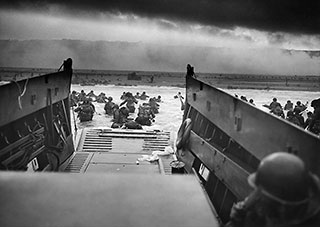
Name the Normandy D-Day Beachhead that was attacked and secured by Canada.
A | Gold |
B | Juno |
C | Omaha |
D | Sword |
E | Utah |
Question 3 :
ANSWER: B. Juno
The Normandy Beaches:
Gold: Britain
Juno: Canada
Omaha: U.S.
Sword: Britain (with a small force of Free France)
Utah: U.S.
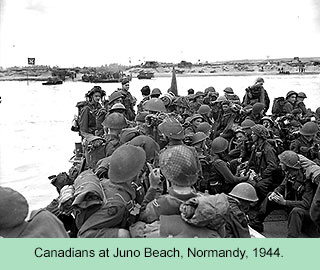
The 1944 Battle of Normandy D-Day landings on June 6 was one of the pivotal events of the Second World War and the scene of some of Canada's greatest feats of arms. Canadian sailors, soldiers and airmen played a critical role in the Allied invasion of Normandy, also called Operation Overlord, beginning the bloody campaign to liberate Western Europe from Nazi occupation. Nearly 150,000 Allied troops landed or parachuted into the invasion area on D-Day, including 14,000 Canadians at Juno Beach. The Royal Canadian Navy contributed 110 ships and 10,000 sailors, while and the RCAF commissioned 15 fighter and fighter-bomber squadrons to the assault.
The Canadians suffered 340 dead, 574 wounded, and 47 captured on D-day at Juno. There were also 243 British Army casualties in the Juno sector.
15,00 French civilians died in the campaign due to Allied bombings and actions of Allied and German ground forces.
The Normandy Beaches:
Gold: Britain
Juno: Canada
Omaha: U.S.
Sword: Britain (with a small force of Free France)
Utah: U.S.

The 1944 Battle of Normandy D-Day landings on June 6 was one of the pivotal events of the Second World War and the scene of some of Canada's greatest feats of arms. Canadian sailors, soldiers and airmen played a critical role in the Allied invasion of Normandy, also called Operation Overlord, beginning the bloody campaign to liberate Western Europe from Nazi occupation. Nearly 150,000 Allied troops landed or parachuted into the invasion area on D-Day, including 14,000 Canadians at Juno Beach. The Royal Canadian Navy contributed 110 ships and 10,000 sailors, while and the RCAF commissioned 15 fighter and fighter-bomber squadrons to the assault.
The Canadians suffered 340 dead, 574 wounded, and 47 captured on D-day at Juno. There were also 243 British Army casualties in the Juno sector.
15,00 French civilians died in the campaign due to Allied bombings and actions of Allied and German ground forces.
Question 4 |
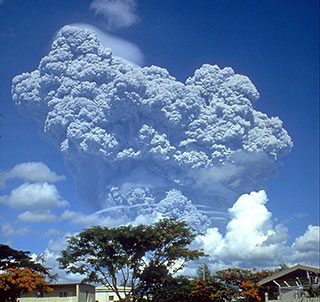
What volcanic eruption was so strong and sudden that its ashes reached Clark Air Base and Subic Bay Base, removing American military forces from this nation permanently?
A | Krakatoa (Krakatau) – Indonesia |
B | Mount St. Eyjafjallajökull – Iceland |
C | Mount Pelée – Martinique |
D | Mount Pinatubo – The Philippines |
E | Mount Vesuvius – Italy |
Question 4 :
ANSWER: D. Mount Pinatubo – The Philippines
The second-largest volcanic eruption of the 20th century, and by far the largest eruption to affect a densely populated area, occurred at Mount Pinatubo in the Philippines on June 15, 1991. The eruption produced high-speed avalanches of hot ash and gas, giant mudflows, and a cloud of volcanic ash that spread for hundreds for miles. Clark Air Base and Subic Bay Naval Base were forced to shut down, removing American military forces from the Philippines permanently.
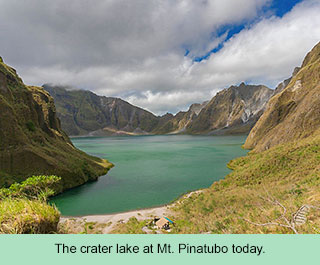
Oher major volcanoes:
The second-largest volcanic eruption of the 20th century, and by far the largest eruption to affect a densely populated area, occurred at Mount Pinatubo in the Philippines on June 15, 1991. The eruption produced high-speed avalanches of hot ash and gas, giant mudflows, and a cloud of volcanic ash that spread for hundreds for miles. Clark Air Base and Subic Bay Naval Base were forced to shut down, removing American military forces from the Philippines permanently.

Oher major volcanoes:
- Mount Vesuvius
- Krakatoa
- Mount St. Helens
- Mount Tambora
- Mauna Loa
- Eyjafjallajokull
- Mount Pelée
- Thera
- Nevado del Ruiz
Question 5 |
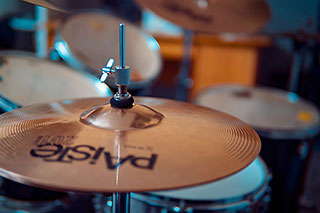
Name the left-handed drummer who plays a right-handed drum kit, making it difficult for others to emulate his style of playing.
A | Ginger Baker |
B | John Bonham |
C | Alex Van Halen |
D | Ringo Starr |
E | Charlie Watts |
Question 5 :
ANSWER: D. Ringo Starr
Ringo Starr is a left-handed drummer who plays a right-handed drum kit, leading to his remarkable and underrated drumming style. During Beatle recording sessions, John and Paul instructed him to ‘never get in the way of the song,’ which made numerous Beatle listeners dismiss him as a drummer with a simple style. Many drummers have attempted to emulate his stunning drum style, but generally fail.
Ringo Starr is a left-handed drummer who plays a right-handed drum kit, leading to his remarkable and underrated drumming style. During Beatle recording sessions, John and Paul instructed him to ‘never get in the way of the song,’ which made numerous Beatle listeners dismiss him as a drummer with a simple style. Many drummers have attempted to emulate his stunning drum style, but generally fail.
Once you are finished, click the button below. Any items you have not completed will be marked incorrect.
Get Results
There are 5 questions to complete.
You have completed
questions
question
Your score is
Correct
Wrong
Partial-Credit
You have not finished your quiz. If you leave this page, your progress will be lost.
Correct Answer
You Selected
Not Attempted
Final Score on Quiz
Attempted Questions Correct
Attempted Questions Wrong
Questions Not Attempted
Total Questions on Quiz
Question Details
Results
Date
Score
Hint
Time allowed
minutes
seconds
Time used
Answer Choice(s) Selected
Question Text
All done
Deplorable! You need to travel more! This is pathetic!
Deplorable! You need to travel more! This is pathetic!
Embarrassing! Keep trying! We know you're better than that. Play the game again.
Not that bad! But not good either. Play the game again.
Pretty good ... but not perfect.
Perfect! Are you brilliant traveler or what?
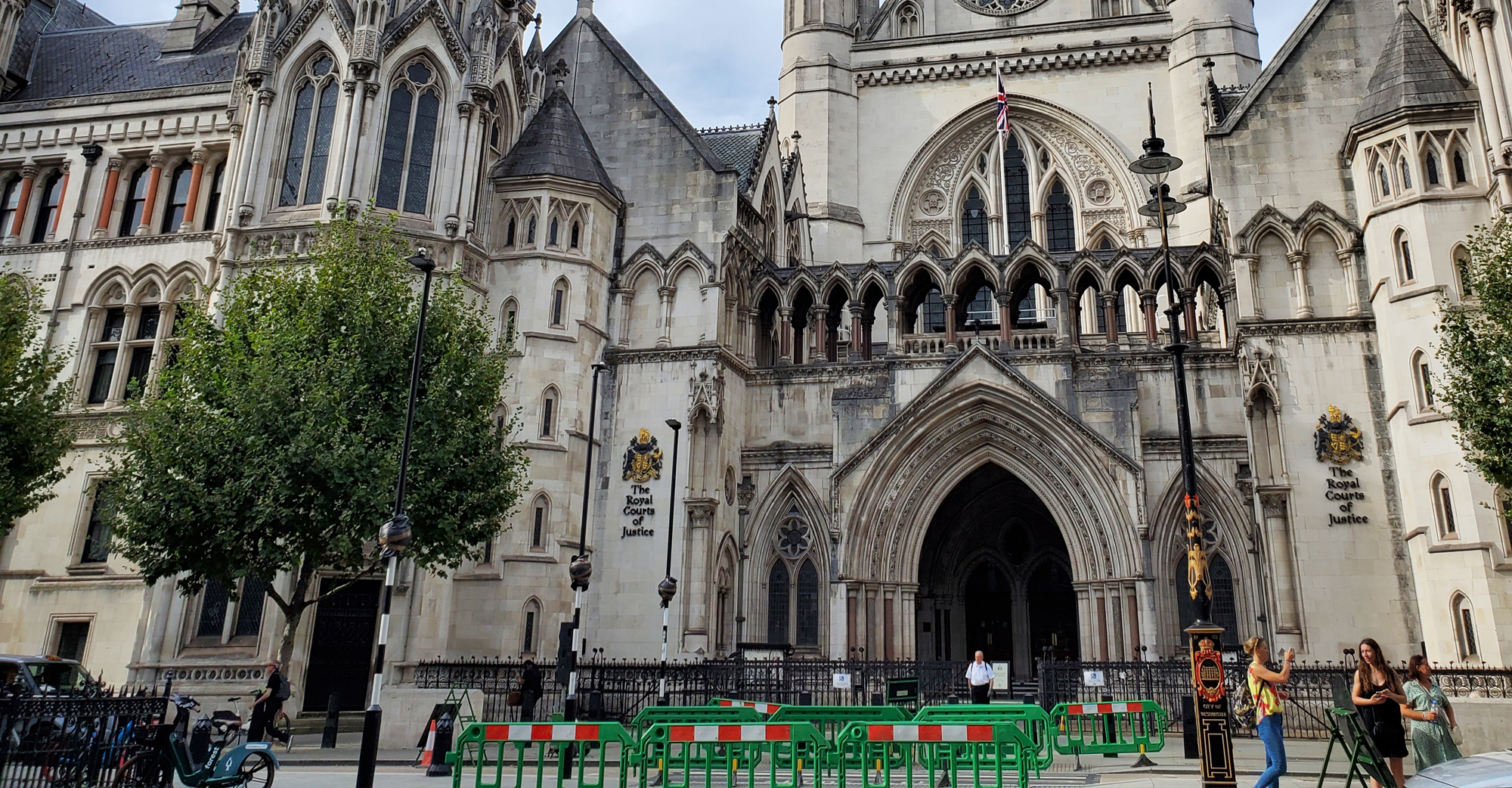
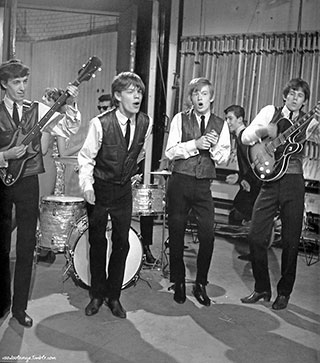


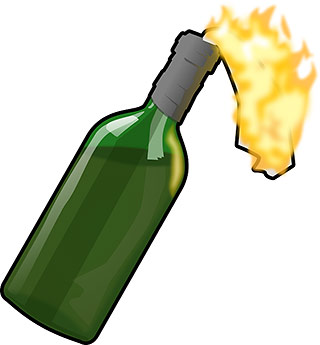
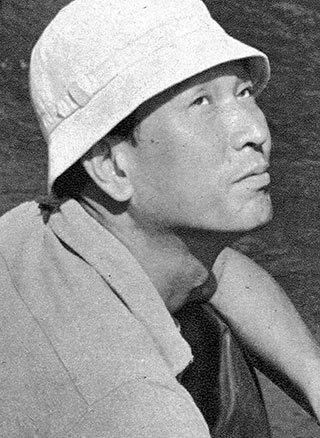
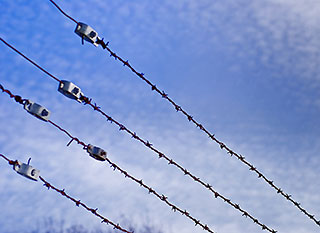
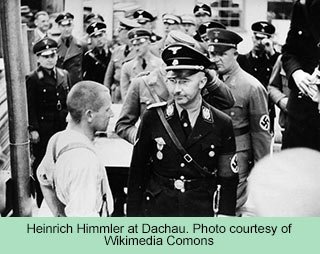
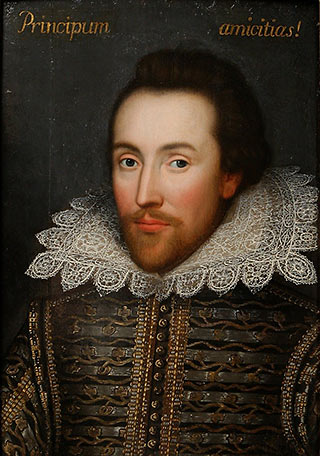
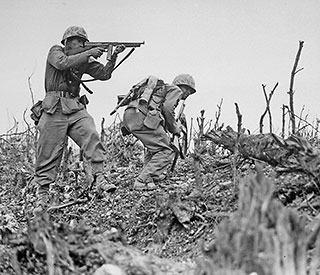
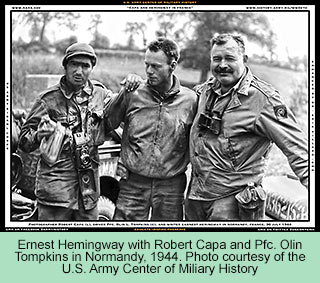
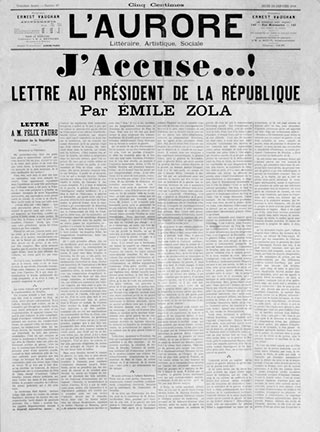

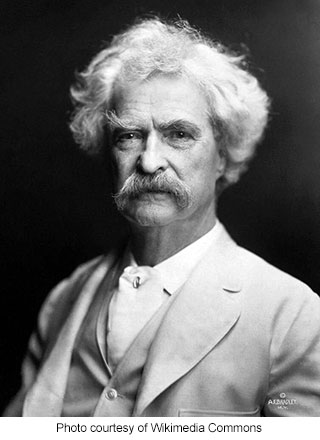

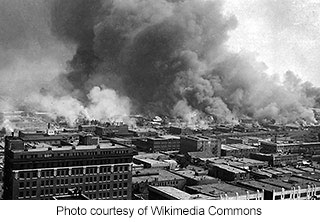
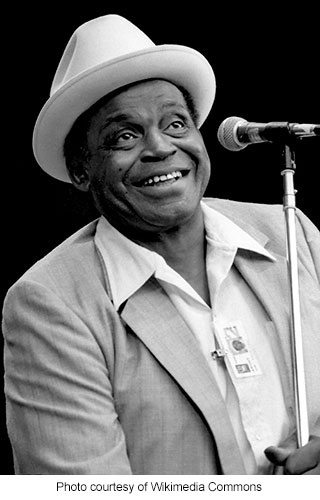
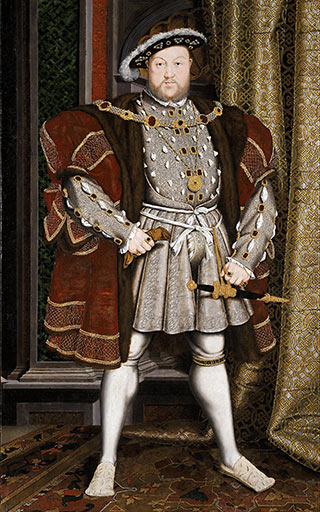
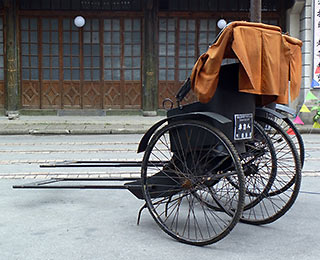
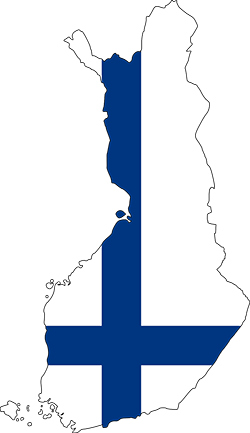
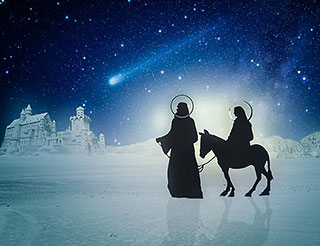
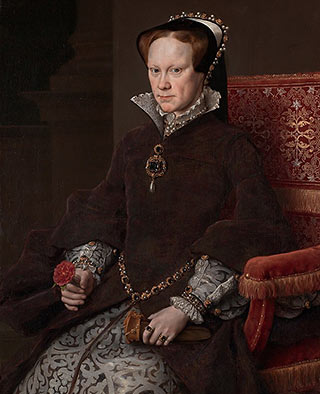
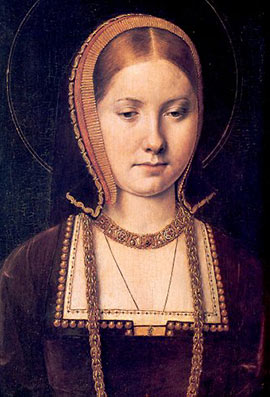
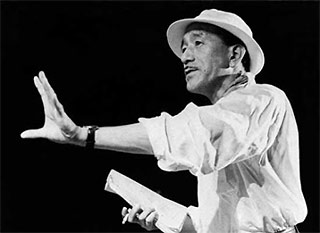
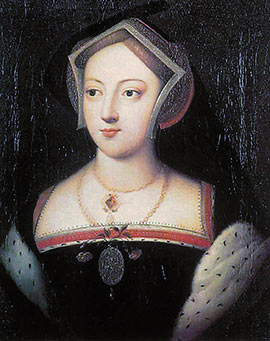 Anne Boleyn and her sister, Mary, spent part of their childhood in the France court. Mary returned to England sometime around 1520 and had a brief affair with Henry. Henry then became smitten with Anne, but she refused the king’s advances. She had no interest in being a mistress. When Henry sought an annulment from his first wife to marry Anne, Rome refused. So the king broke away from the Roman Catholic Church and formed the Church of England.
Anne Boleyn and her sister, Mary, spent part of their childhood in the France court. Mary returned to England sometime around 1520 and had a brief affair with Henry. Henry then became smitten with Anne, but she refused the king’s advances. She had no interest in being a mistress. When Henry sought an annulment from his first wife to marry Anne, Rome refused. So the king broke away from the Roman Catholic Church and formed the Church of England.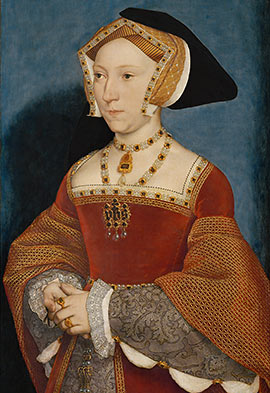 Days after Anne’s execution, Henry married his third wife, Jane Seymour. Jane had served as a lady-in-waiting to both Catherine of Aragon and Anne Boleyn. Anne Boleyn’s and Jane Seymour’s mothers were first cousins, who shared the same grandmother, and were raised together for a time. “Anne did not stand meekly aside when Henry’s interest in Jane became apparent. We know from sources that the pair came to blows on more than one occasion at court,” says Norton. On October 12, 1537, Jane gave birth to Edward VI and died from complications of the birth several weeks later. At the wishes of the king, Jane is buried at St. John’s Chapel alongside him.
Days after Anne’s execution, Henry married his third wife, Jane Seymour. Jane had served as a lady-in-waiting to both Catherine of Aragon and Anne Boleyn. Anne Boleyn’s and Jane Seymour’s mothers were first cousins, who shared the same grandmother, and were raised together for a time. “Anne did not stand meekly aside when Henry’s interest in Jane became apparent. We know from sources that the pair came to blows on more than one occasion at court,” says Norton. On October 12, 1537, Jane gave birth to Edward VI and died from complications of the birth several weeks later. At the wishes of the king, Jane is buried at St. John’s Chapel alongside him.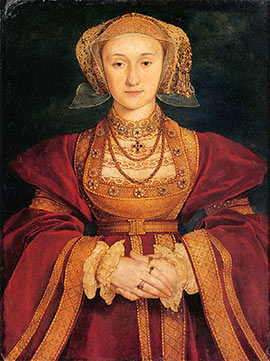 4. Anne of Cleves (1515-1557): Strategic, Six-Month Marriage
4. Anne of Cleves (1515-1557): Strategic, Six-Month Marriage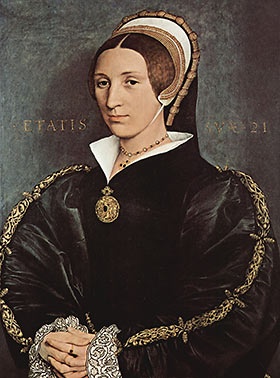 5. Catherine Howard (1523-1542): Treasured, Then Executed
5. Catherine Howard (1523-1542): Treasured, Then Executed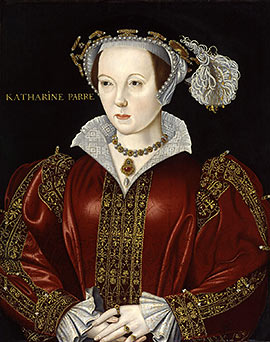 Henry married his sixth wife, Catherine Parr, in July 1543. A spirited and educated widow, when Catherine showed an interest in Protestantism, Henry had her arrested. She managed to avoid the fate of her predecessors, bringing stability and peace to the court, while serving as a kind and caring stepmother to Henry’s children.
Henry married his sixth wife, Catherine Parr, in July 1543. A spirited and educated widow, when Catherine showed an interest in Protestantism, Henry had her arrested. She managed to avoid the fate of her predecessors, bringing stability and peace to the court, while serving as a kind and caring stepmother to Henry’s children.